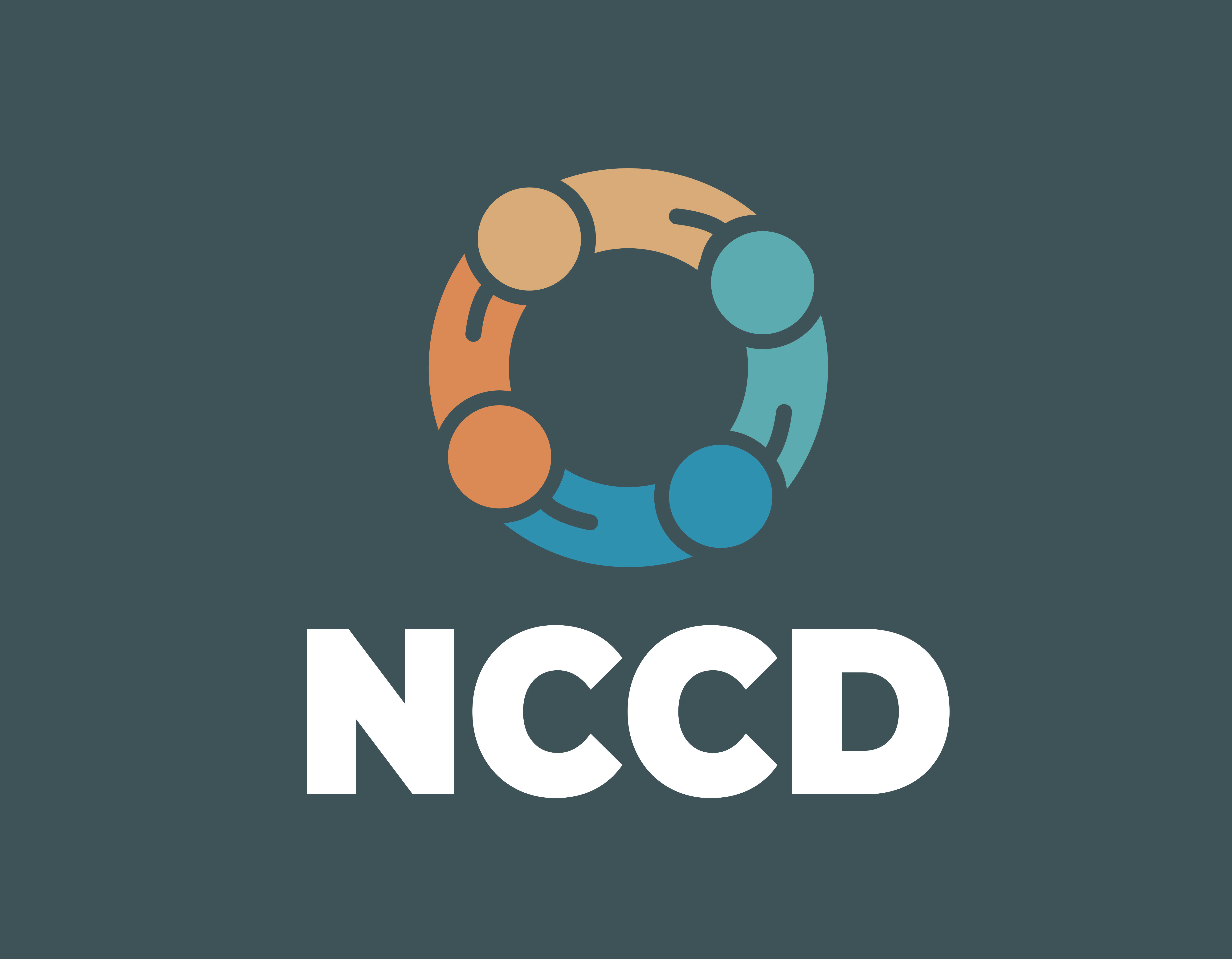
Classroom adjustments: Epilepsy
This podcast is part of a series that highlights adjustments that can be made in the classroom to enable students with disability to access and participate in education on the same basis as their peers.
In this episode, we talk about common adjustments teachers make in the classroom to support students with epilepsy. A neurological disorder with diverse symptoms, epilepsy can affect a student’s ability to learn. For some students this ‘invisible’ condition can cause various types of seizures. Others may experience periods of unusual behaviour or movement, impaired consciousness or awareness, or changes in sensation and feeling.
Year 6 student Ava discusses how she experiences difficulties with concentration, fatigue and memory. Teacher Michael Davies talks about how he has adjusted his teaching style to help Ava, starting with giving clear, concise and limited step-by-step instructions, accompanied by appropriate gestures. Epilepsy Foundation Nurse Educator Margaret Jarvis reinforces the need to be aware of the recovery and support each student may need.
Top five takeaways
- To ensure your strategies are effective, find out the student’s triggers in consultation with parents, guardians or carers before making any adjustments.
- Remember that each student is different and recovery time will vary, so actively work with the student to manage tiredness, concentration and mental alertness.
- Limit the number of instructions you give and repeat those instructions to enhance comprehension of lessons, especially if the student’s awareness or responsiveness is impaired.
- Work in shorter blocks for mentally taxing tasks and post visual instructions in a centrally accessible spot so the student can refer back to lessons. This is especially helpful if students have lost class time through episodes such as ‘day-dreaming’.
- Create an environment where the student feels safe, supported and included.
Discussion starters
- What is the functional impact of epilepsy on a student’s learning?
- What kind of brain breaks could I introduce in my classroom?
- What supporting visual material could I use to help with a student’s learning?
- What strategies could I use to prevent further fatigue?
- As an educator, what information could I learn about epilepsy that would help me support each student’s classroom experience?
- How can I record the adjustments, the monitoring and review of these adjustments as part of the evidentiary requirements for the NCCD?
Search "Classroom adjustments" in Apple podcasts This link will open in a new window, Spotify This link will open in a new window, Google podcasts This link will open in a new window or wherever you get your podcasts to listen via your mobile device.
23 minutes run time.
Credits
Interviewees
Michael Davies, Primary School Teacher
Margaret Jarvis, Epilepsy Foundation Nurse Educator
Ava, 12-year-old student
Lisa, Ava’s mum
Thanks also to
Kaye Seton, Principal, Berwick Primary School
Brendan Lillywhite, Epilepsy Foundation
Host/Producer
Serpil Senelmis, Written & Recorded
Producer/Audio Engineer
James Brandis, Written & Recorded
Further resources
Find further resources at the Epilepsy Foundation This link will open in a new window. Download a transcript of the podcast episode.
- mail Email
-
BookmarkThis bookmark has been added to your bookmarks.Did you know you can organise your bookmarks into separate lists when you are signed in? Sign in or register